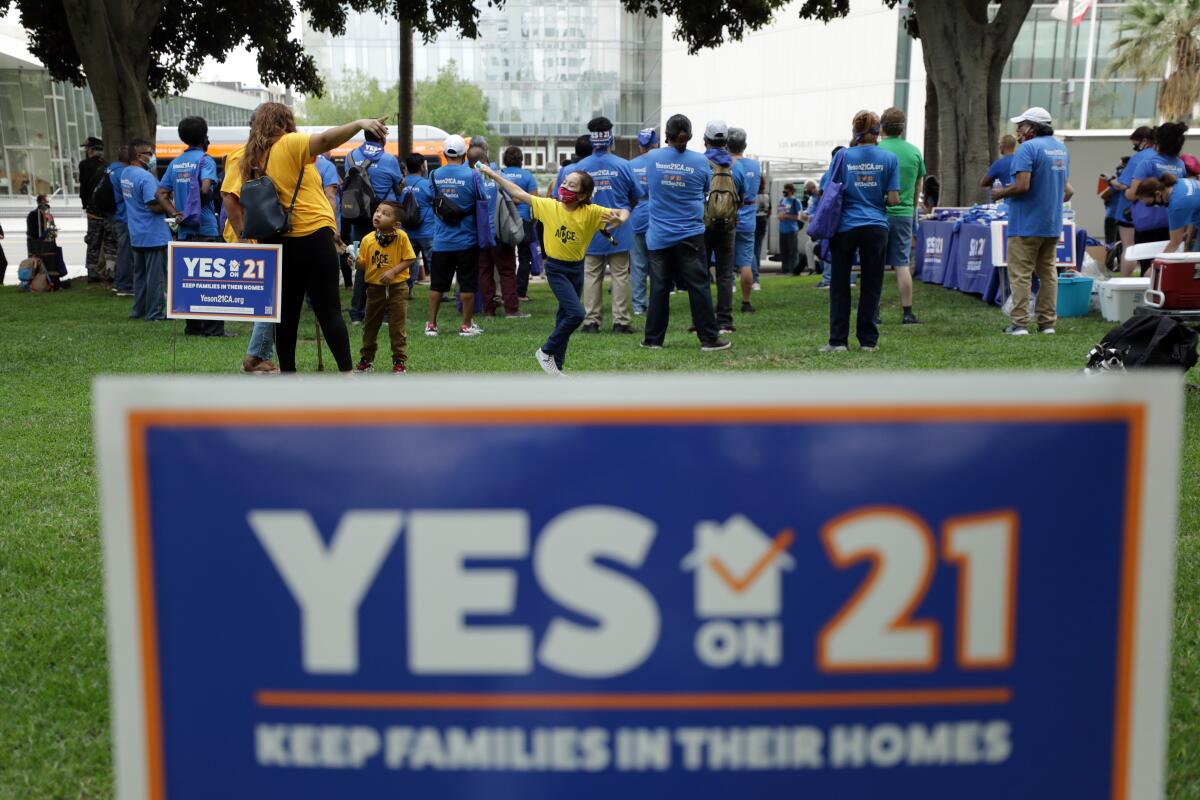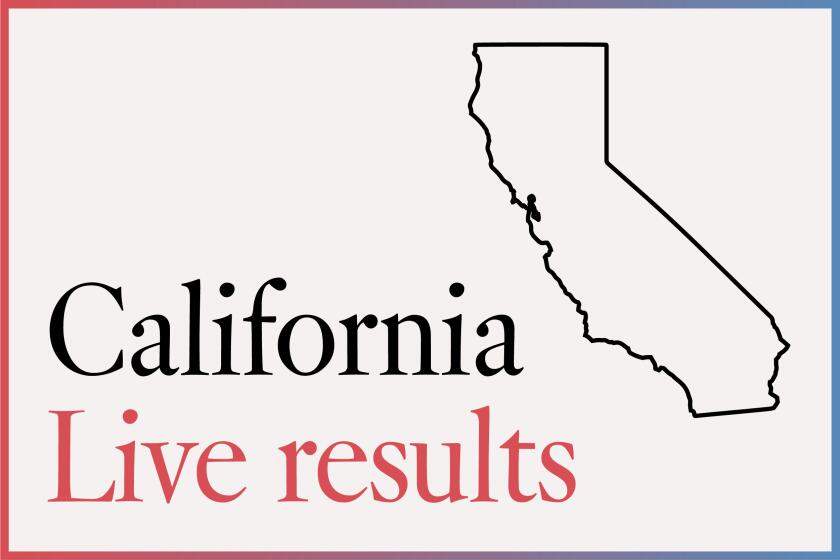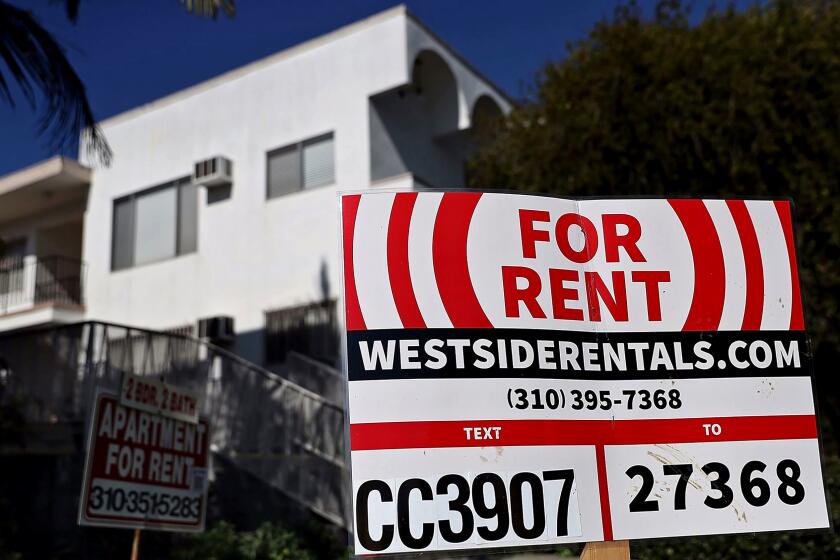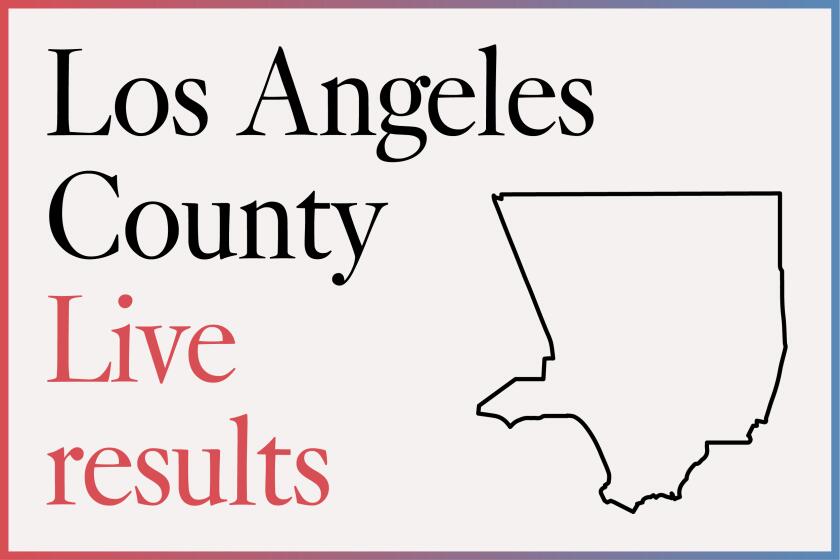Why liberal California keeps saying no to rent control

- Share via
In one of the most liberal states in the country, California voters have twice had an opportunity to expand rent control statewide amid a historic housing affordability crisis.
And both times voters have given a resounding “no” to the idea.
The decisive failure of Proposition 21 on Tuesday — like Proposition 10 before it in 2018 — shows that despite California’s reputation as a progressive bastion, voters here are far from willing to support one of the most well-known housing ideas championed by the left.
“Ensuring tenant protections has always been an incredibly difficult thing to achieve in California politics,” said Assemblyman David Chiu (D-San Francisco), a rent control supporter who has been unable to push a similar plan through the state Legislature. “This outcome reflected that.”
Proposition 21 was opposed by nearly 60% of voters, according to vote totals Wednesday afternoon, appearing on track to go down in defeat by a similarly large margin to the nearly 60% of voters who were against Proposition 10.
Supporters and opponents of rent control gave many reasons for the persistent losses.
Landlord groups significantly outspent the measures’ advocates, allowing the campaigns against the initiatives to hammer home with voters potential problems with rent control. And Democratic politicians and traditionally left-leaning interest groups such as labor unions have been split on the issue. Notably, Gov. Gavin Newsom didn’t support either rent control initiative, arguing this year that Proposition 21 would hurt the supply of affordable housing and detract from already available tenant protections.
Public polling in recent years has shown that Californians back the idea of rent control and prefer it over other ways to address the state’s housing problems. But once actual measures were placed on the ballot, support has quickly plummeted.
Californians weren’t actually voting on any new rent control policies in either election. Instead, both initiatives would have done away with or changed current statewide prohibitions on most strict versions of rent control, which would have allowed cities and counties to pass their own measures later on. Initiative supporters have said they wanted to allow local governments to tailor their renter protections, recognizing that housing challenges in the Bay Area and Los Angeles are different than those in the Central Valley and other more rural areas.
But the distinction between voters approving rent control and voters giving their city councils the ability to pass rent control allowed opponents of the initiatives to capitalize on uncertainty over what the initiatives actually did. Initiative supporters have said that some voters told them they believed voting against the measures meant they supported rent control.
In both campaigns, total fundraising for the rent control measures topped $100 million, with landlord groups — predominantly real estate investment trusts including Essex Property Trust, Equity Residential and AvalonBay Communities — outraising supporters by more than 2 to 1.
The financial advantage allowed opponents to use a well-worn strategy for combating California initiatives, said Mark DiCamillo, polling director at UC Berkeley’s Institute of Governmental Studies.
Voters rejected Proposition 21, meaning a statewide ban on most new forms of rent control will remain in effect.
“It’s a formula,” DiCamillo said. “You confuse, and you befuddle and you whatever. You raise enough doubts with voters and you win.”
In Proposition 21’s case, opponents cited concerns, echoed by academic research, that rent control could hurt the availability of rental housing, making the state less affordable overall. Landlord groups also said in advertisements that the allowable rent increases written in the initiative to provide some financial benefits for landlords weren’t strict enough to protect tenants.
Deb Carlton, an executive vice president with the California Apartment Assn., a landlord group behind both opposition campaigns, said her side was able to convince Californians that the potential downsides of the two propositions were too great — even though the organization’s private polling initially showed public support for rent control.
This time around, the campaign also benefitted from voter fatigue since they had already weighed in against rent control two years ago, she said.
“It was almost malpractice, quite frankly, to do it again,” Carlton said.
Both rent control initiative campaigns were funded by the AIDS Healthcare Foundation, a Los Angeles nonprofit that poured more than $60 million into the losing efforts. Michael Weinstein, the foundation’s president, said he knew he was always going to be outspent but was counting on a more friendly electorate in a presidential election year to drive a change in the outcome from 2018.
He also noted that bills that would allow for stricter forms of rent control in the state Legislature have struggled to even get out of committee.
“What other choice is there?” Weinstein said. “The Legislature hasn’t represented renters. The governor doesn’t represent renters. The only choice we have is to continue to organize.”
The state’s housing affordability crisis and the constant debate over rent controls have led to some new protections for tenants. Last year, Newsom signed a measure that caps annual rent increases at 5% plus inflation in most rental housing more than 15 years old, a bid to eliminate massive rent hikes that have forced people from their homes.
Although the law still allows rents to rise much faster than incomes, it is one of the strongest policies of its kind in the country.
More to Read
Sign up for Essential California
The most important California stories and recommendations in your inbox every morning.
You may occasionally receive promotional content from the Los Angeles Times.










